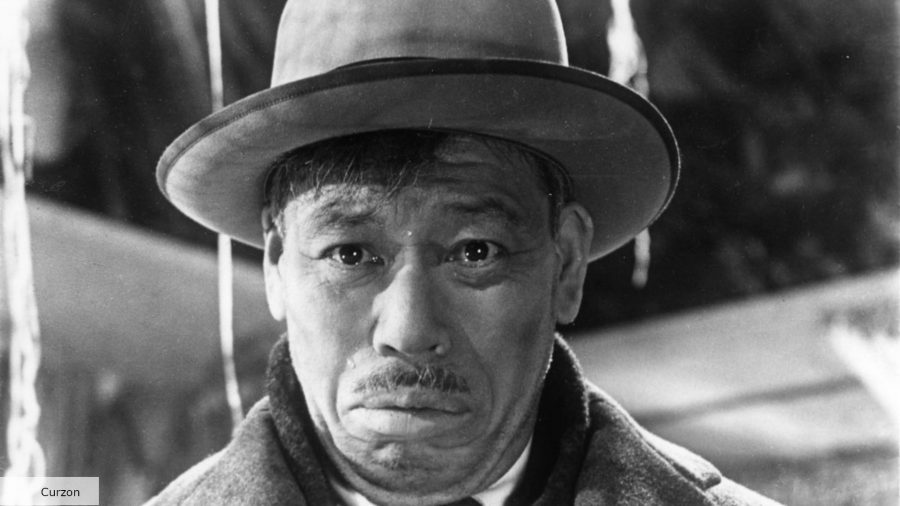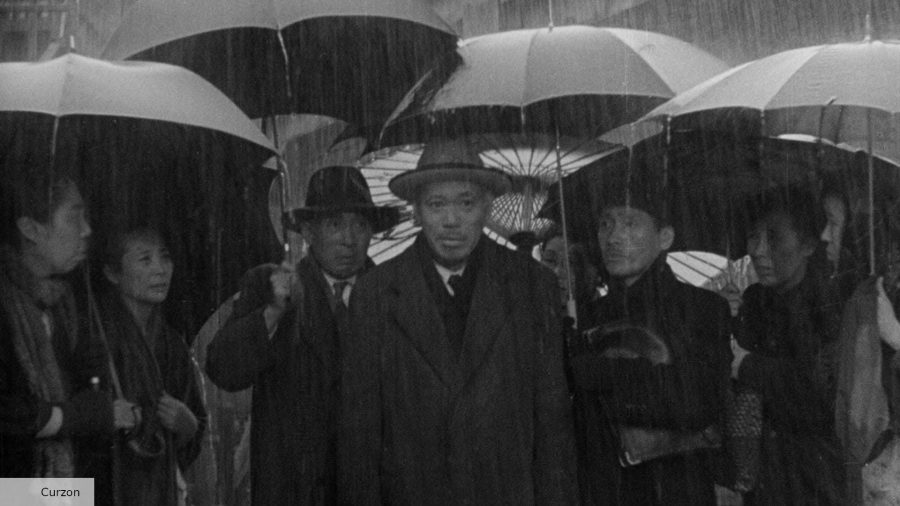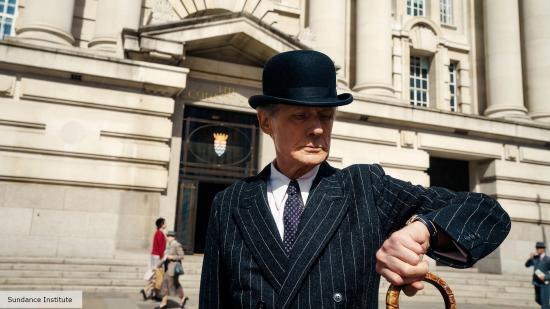Our Verdict
A Kurosawa remake that earns its right to existence due to Bill Nighy's central performance, the beautiful cinematography and score and the change of setting to post-war London.
Japanese master Akira Kurosawa has had his films remade many, many times – with Seven Samurai and Yojimbo probably being the two most frequently rehashed. Westerns, in particular, have taken much inspiration from Kurosawa’s samurai films – with The Magnificent Seven, A Fistful of Dollars, The Outrage, and Django all being famous examples from the ‘60s.
It is well known that George Lucas borrowed heavily from A Hidden Fortress, in particular, when writing the screenplay for the first Star Wars movie. And just last year, the influence of Rashomon could clearly be felt in Ridley Scott’s The Last Duel.
Kurosawa’s Ikiru is unusual for the director, in that it does not fit neatly into a genre such as a samurai or noir and also in that Toshiro Mifune does not have a role to play. It’s a drama about a man (played by Kurosawa’s other frequent collaborator Takashi Shimura) who has been doing the same dull bureaucratic job for decades. When he discovers that he has six months to live, it gives him a new lease of life and enthusiasm to make a difference at work.
Japanese novelist Kazuo Ishiguro has had several of his novels adapted into critically-acclaimed films, including The Remains of the Day (1993) and Never Let Me Go (2010). It is Ishiguro who has adapted Kurosawa’s Ikiru, keeping the ‘50s time period, but transporting it to a London setting. South African Oliver Hermanus, whose war movie Moffie only got a US release in 2021, directs Living, which was finished just in time for Sundance.
The film opens with gorgeous archival footage of 1950s England, which seamlessly blends into Hermanus’ regular collaborator Jamie Ramsay’s stunning cinematography. The opening is set to one of the film’s greatest strengths – Emilie Levienaise-Farrouch’s sumptuous score, which elevates the whole film.
Seven Samurai: Best movies ever
Levienaise-Farrouch’s scores for Harry Wootliff’s Only You, Sarah Gavron’s Rocks, and Prano Bailey-Bond’s Censor have proved that she’s one of the most exciting composers working today. The archival footage segues into a scene of businessmen lined up on a train platform somewhere in the home counties to make the morning commute to London and we get our first taste of legendary costume designer Sandy Powell’s work – the rows of men in their almost identical suits and bowler hats.
When Kurosawa wrote and directed Ikiru, it was made and set at the same time – the early ‘50s. Whereas Living is a period piece, and the wistful hindsight works well for a story about a man who can only look back. He is nearing retirement and has decades spent in the same career as a civil servant as the only lasting impression of his time on Earth. He has no future – he won’t get to see grandchildren or finally do any of the things – the living – that he has put off for retirement. He has gone through life as a ‘zombie’ as one of his young colleagues nicknames him – “dead, but not dead.”

Films and TV shows about bureaucracy, such as Terry Gilliam’s Brazil and the recent MCU show Loki, often heighten the ridiculous and comical nature of piles of paperwork and pushing people from department to department in order to maintain the status quo. Living is no exception, with Hermanus’ brilliant blocking and framing of the workers surrounded by stacks of folders.
Our protagonist Mr Williams (Bill Nighy), is almost entirely obscured, at the head of the table behind in-trays and out-trays overflowing with pressing matters that are barely glanced at before adding to the teetering mountains of tasks. The ‘ladies,’ as they are referred to throughout, have desperately been trying to speak to someone about turning a bombsite into a playground, and they are shuffled from office to office by jobsworths who don’t want to take responsibility for it.
Life is for living: Best drama movies
Upon discovering his fate, Mr Williams shakes up his grey existence by skiving off work and taking the young Miss Harris to Fortnums for Knickerbocker Glories and to the pictures to watch Cary Grant films. He also withdraws some of his savings and decamps to Brighton, where he meets dreamer Sutherland (Tom Burke, who makes a big impact in his brief screen time). They get drunk, sing, and try to put the world to rights. Williams can talk to this stranger more honestly than he can to his own son.
It should go without saying that Nighy’s performance is heartbreaking, as Williams’ worldview collapses and he realises that he has wasted the time he has been given. If you’re unfamiliar with Kurosawa’s film, there is an abrupt change in the film, just over an hour in that will initially seem strange.

The structure of the film changes at this point to flashbacks, with Williams’ colleagues chatting about him on the train as the framing device (a change from Ikiru). The view of England’s “green and pleasant land” via the train carriage window is whited-out; it becomes a bland vista in which details merge into one another, much as our memories can do when we look back at them.
While many will question if such a faithful remake of one of Kurosawa’s most beloved films is ‘necessary,’ Living can very much be appreciated on its own terms. The few changes that Ishiguro has made mostly work – the addition of the young Mr Wakeling (Alex Sharp), for example.
The narration used sparingly in Ikiru may have added something to Living, but probably wouldn’t have fitted the tone. However, with cinematography, score and performances as gorgeous and emotionally affecting as they are, Living absolutely justifies its existence. Transferring the story to a post-war, “stiff upper lip” Britain obsessed with both social class and strict workplace hierarchies absolutely works. A beautiful film.
